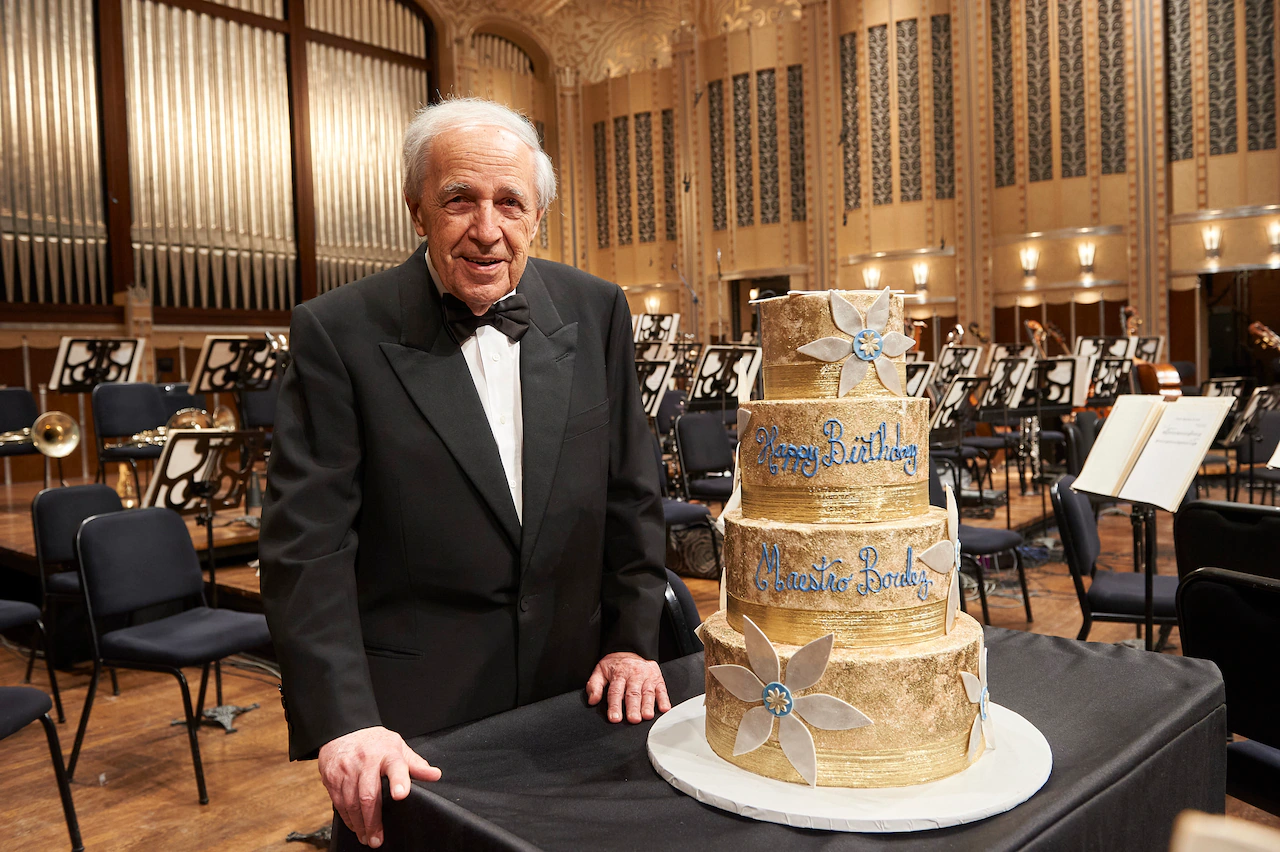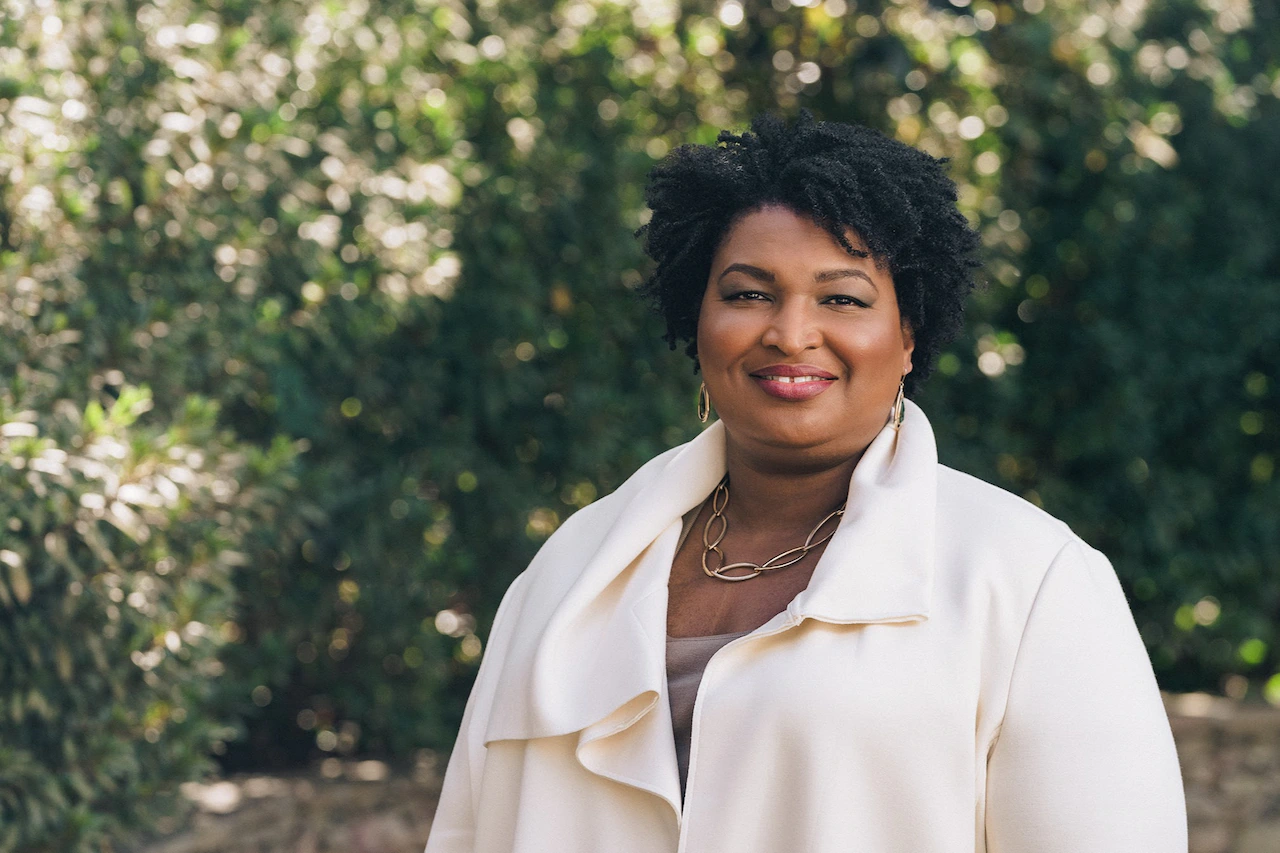Copyright cleveland.com

CLEVELAND, Ohio – Cleveland State University musicologist Michael Baumgartner will never forget the time Pierre Boulez acknowledged him. Striding past Baumgartner at a formal event in Los Angeles, the composer-conductor, displaying his famously incredible memory, nodded in recognition to a man he’d met only briefly years earlier. “It was a really important thing for me but nothing for him,” Baumgartner said, smiling. That small gesture is now part of the backstory to “Boulez 100,” a new academic conference Baumgartner and others organized at CSU. Over three days next week, scholars and musicians from all over the world will gather in Cleveland to analyze, perform and simply celebrate the work of one of the greatest musical minds ever to pen a note or lift a baton. Scholars can look forward to a slate of formal lectures and other presentations based on new research. Leaders in the field of Boulez study – notably Edward Campbell, of the University of Aberdeen, and Robert Piencikowski – will share their latest insights in keynote addresses while others will bounce ideas off one another in several deep-dive panel discussions. But there’s plenty for non-academics, too, for music lovers who simply enjoyed hearing Boulez conduct or treasure the many recordings he made with the Cleveland Orchestra. For them, in addition to all the scholarly talks, there’s a film, exhibit and handful of special concerts. “I think this event is relevant for any kind of person,” said Baumgartner, promising a “more differentiated” view of Boulez, even to those unfamiliar with him. Here’s all one really needs to know, at least to have a foothold at the conference. Pierre Boulez was an astoundingly gifted French musician whose talent extended across the domains of conducting, composition, and scholarship. There was scarcely a corner of music on which he did not have an impact before his death in 2016, at age 90. “He became this grand old man of contemporary music,” said Andrew Rindfleisch, a professor of music at CSU and music director of the conference. “He was in the position of having seen everything. He became the person we all looked to.” As a younger man, Boulez both advocated for a break from Europe’s cultural past and wrote the soundtrack to the future he imagined: radical works employing intensely rigorous versions of the serialism behind the music of Schoenberg, Webern, and Berg. His “Pli Selon Pli,” “Le Marteau Sans Maitre,” “Repons,” and “Notations” are among his several works now seen as masterpieces. He also founded IRCAM, a groundbreaking institute for the study of acoustics and music technology. “He had taken a position, and his music had to reflect that,” Rindfleisch explained. At the same time, over the years, Boulez grew ever more widely admired as a conductor. In the new and modern music that befuddled some interpreters, he found structure and a beating, lyrical heart, while to well-known works from the classical repertoire, he applied levels of precision and clarity that were unrivaled. Amid all this, Cleveland enjoyed a certain pride of place. It was here, in 1965, that Boulez conducted for the first time in the U.S. and with the Cleveland Orchestra that he went on to have one of the longest and most fruitful bonds in his career. It is no overstatement to say he loved Cleveland or that Cleveland loved him. Neither is it an exaggeration to say the entire world loved their recordings of major works by Stravinsky, Debussy, Messiaen, Mahler and Bartok, among others. When Boulez was on the podium, “those were always the concerts I wanted to go to,” Baumgartner said. “There was just a warmth to him with the people of the Cleveland Orchestra… It was a time of friendliness and kindness and warmth.” All of that and much else will come out in “Boulez 100.” Over its three days, the conference will touch on all the areas in which Boulez made his mark, across all phases of his career. Among recent events focused on Boulez, only one – in the artist’s native Paris – has been more comprehensive, Baumgartner said. No conference about a composer would be complete without live music, and “Boulez 100” is no exception. Indeed, the event includes several performances, all of which are free and open to the public. Also featured: an exhibit of Boulez manuscripts at Severance Music Center and “The Path into the Unknown,” a new documentary about Boulez written and directed by Thomas von Steinaecker. The first performance takes place on the first day of the conference. Just before guests break for lunch, saxophonist Andrew Hosler and electronics artist Dylan Findley will perform “Dialogue de l’ombre double” (“Dialogue of the Double Shadow”), a 1985 work Baumgartner described as the lynchpin to the entire conference. “It is one of the most significant pieces of electronic music of the second half of the 20th century,” he said. “I said, ‘I’m not doing this festival if we don’t do that piece.’” The following evening, as part of a free concert at the Cleveland Museum of Art, Rindfleisch and a group of 11 musicians will present another rarely-heard benchmark from the Boulez canon: “Dérive II.” Unlike its shorter predecessors on the program, “Incises” for solo piano and “Dérive I” for six players, “Dérive II” is a single movement spanning nearly an hour and employing a complex compositional technique called “periodicity.” From its demanding pages emerges “a continuous wash of color and sound,” Rindfleisch said. “It’s like a constantly shifting current or river of musical color. It’s really something once it gets going.” The same might be said of the conference itself. On the event’s third and final day, a large group of experts will convene at Severance Music Center for a roundtable discussion. Present along with three academics will be several prominent musicians, including three current or former members of the Cleveland Orchestra. Their talk does not yet have a title, but one subject likely to arise is the composer’s popularity. Those who worked with him directly are bound to testify that Boulez was always a welcome presence and remains a welcome topic of conversation and study. “Everybody knew about him – what he liked to conduct and that he was a great conductor,” Baumgartner said. “Because of that, I think this [conference] will go very well.” PREVIEW What: Boulez 100 When: Thursday-Saturday, Nov. 13-15 Where: Various locations (see schedule) Tickets: Visit clevelandart.org or clevelandorchestra.com CONFERENCE SCHEDULE Most events are free and open to the public. Certain events (noted) require tickets. Thursday, Nov. 13 9 a.m.-12:30 p.m. – Performance Presentations, Drinko Recital Hall, CSU 11:30 a.m.-12:30 p.m. – Performance of “Dialogue de l’ombre double” 1:30-5:30 p.m. – Paper presentations, Mather Mansion, CSU 3 p.m. – Screening of “The Path Into the Unknown,” CSU School of Film and Media Arts Friday, Nov. 14 9 am.-12:30 p.m. – Paper presentations, Mather Mansion, CSU 1:30-5:30 p.m. – Paper presentations, Mather Mansion, CSU 7:30 p.m. – Concert, Gartner Auditorium, Cleveland Museum of Art (free ticket required) Saturday, Nov. 15 11:30 a.m.-12:30 p.m. – Panel Discussion, Reinberger Chamber Hall, Severance Music Center 6-7:30 p.m. – Manuscript Display, Grand Foyer, Severance 7:30 p.m. – Cleveland Orchestra concert, Severance (ticket purchase required)



